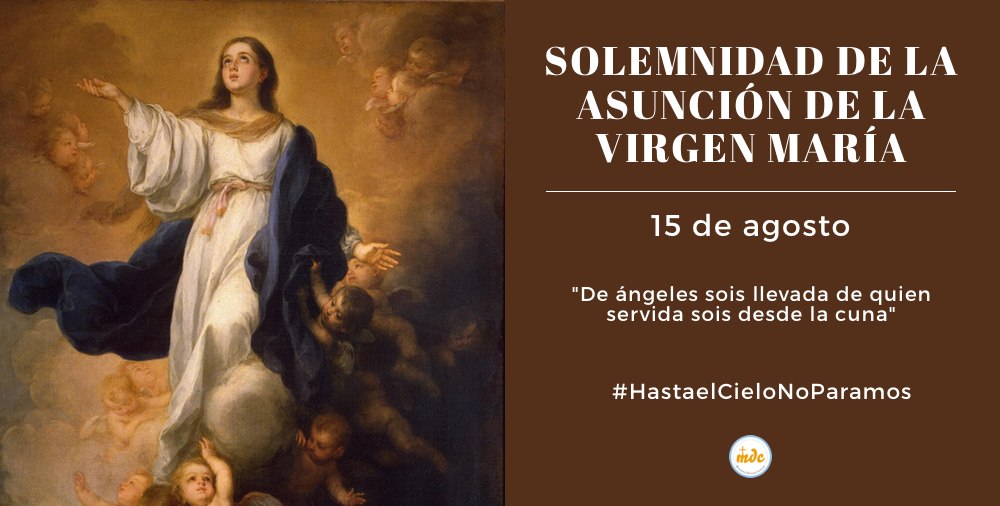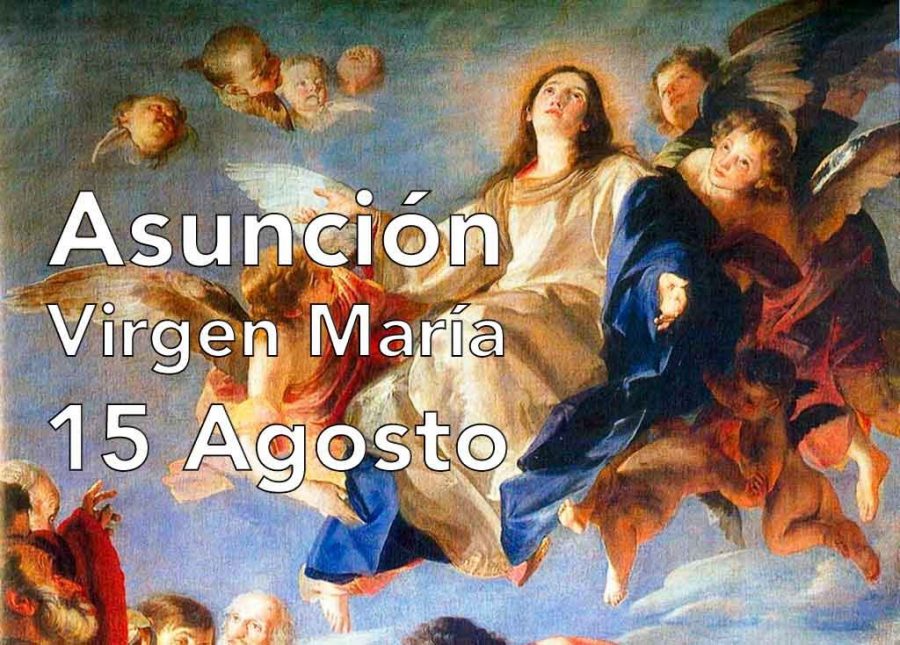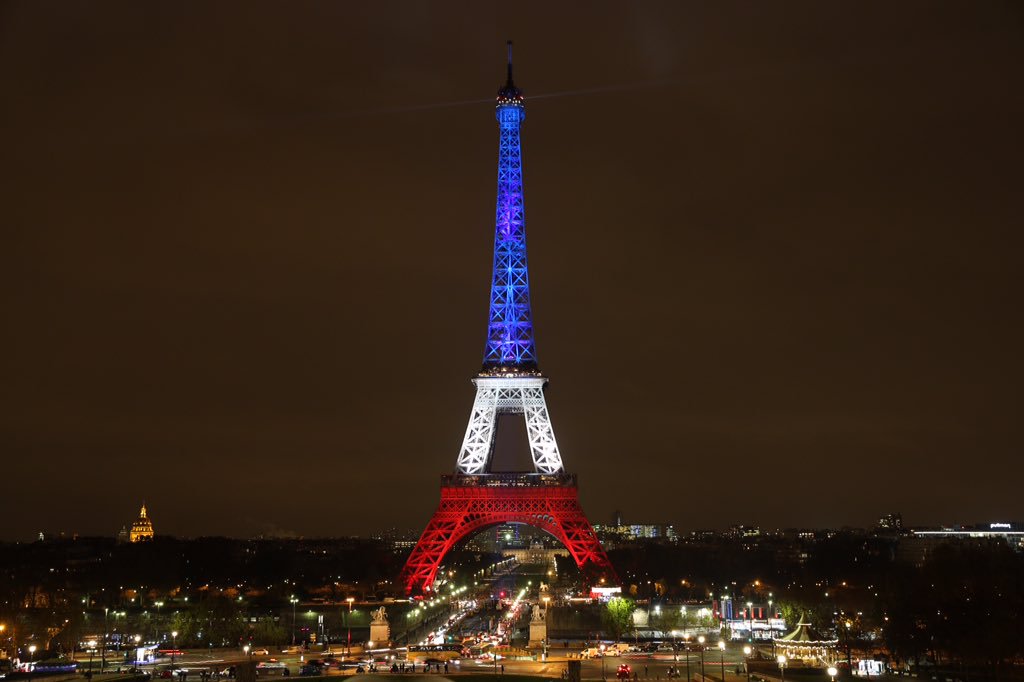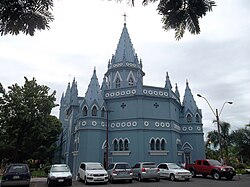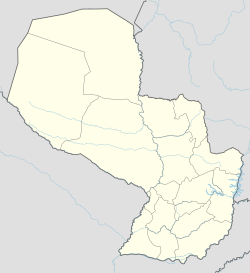|
Rispondi |
Messaggio 1 di 50 di questo argomento |
|
|
|
|
|
Rispondi |
Messaggio 36 di 50 di questo argomento |
|
Yes, you probably have heard about Rome: the city of seven hills. But did you know that there are nearly 50 towns and villages of varying sizes around the world who claim the title? In this week’s photo essay, let’s explore those destinations who are worth of a visit, whether there are seven hills (more or less in most cases).
Rome, Italy
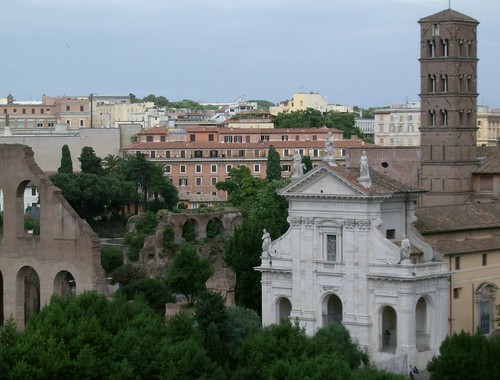
I’m not sure we can say Rome is the original city of seven hills (other cities with this claim are older) but it’s certainly the most well known. The seven hills are Aventine Hill, Caelian Hill, Capitoline Hill, Esquiline Hill, Palatine Hill (the hill which myths say is the city’s true foundation), Quirinal Hill, and Viminal Hill.
Edinburgh, Scotland

As I’ve lived there, I can definitely agree that it’s pushing it to call Edinburgh a city of seven hills, because there are named hills all around. However, the classic definition says that Arthur’s Seat (the highest point), Castle Rock (that’s the one the castle is built on – often overlooked as a hill), Calton Hill, Corstorphine Hill, Braid Hills, Blackford Hill, and Craiglockhard Hill are the seven. You should hike up at least a couple should you find yourself on one of my recommended Edinburgh trips.
Seattle, Washington USA
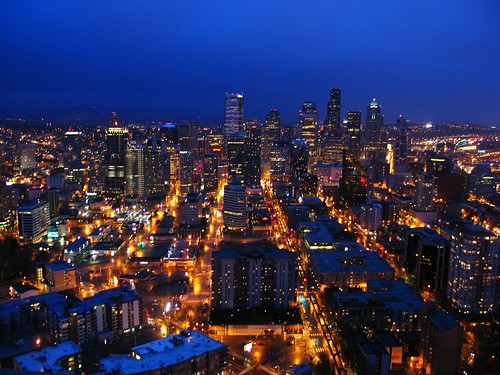
Seattle’s claim for city of seven hills is a real mess. During my Seattle sightseeing trip, it was clear there are some very steep hills, but the whole seven thing is confusing. There’s First Hill, Capitol Hill, Queen Anne Hill, and Beacon Hill which are also popular neighbourhoods to explore. There used to be a Yesler Hill (now in First Hill), Denny Hill (was razed) and Renton Hill (now Capitol Hill). But, you could say that Magnolia and Crown Hill are in, but they weren’t part of the original Seattle. But Seattle is awesome, seven hills or not.
Richmond, Virginia USA

Union Hill, Church Hill, Council Hill, Shockoe Hill, Gambles Hill, Navy Hill and Oregon Hill make up the seven hills of Richmond. If you haven’t been, you should – Richmond is the capital of Virginia and a hotspot for arts culture; they also have some yummy food.
Prague, Czech Republic

One of Europe’s prettiest capitals, Prague too is another city of seven hills contestant. Or nine. Nobody seems to agree on which one. The hills include Hradčany, Vítkov, Větrov, Skalka, Vyšehrad (where the castle is), Karlov and Petřín. the nine version includes Opyš and Emauzy. If you have the opportunity to visit Prague, be sure to do some Czech Republic sightseeing across the country – superb.
Moscow, Russia
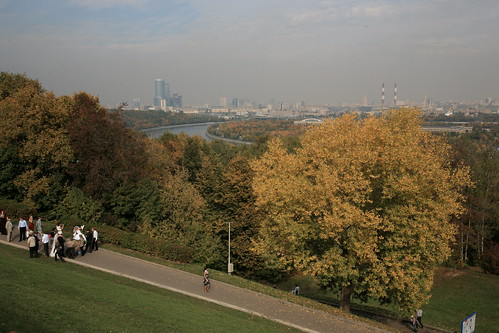
We all know of the Red Square – perhaps one of the world’s most emotionally iconic spots. But did you know that Moscow also suffers from city of seven hills syndrome? It’s complicated business here, though, as the list includes Borovitsky Hill (Kremlin Hill),the “Three Mountains” (Presnya and Vagankovo), Tver Hill (Pushkin Square), Sretensky Hill (Sukharevskaya Square), Tagansky Hill, Vvedenskiye Mountains (Lefortovo), and Vorobyovy Hills. But there’s also Krutitsy, Krasniy Hill , and Naprudniy Hill, so take your pick.
Asunción, Paraguay

Any visitor to Paraguay’s capital city will remember the city’s iconic architecture and buildings, such as the Lopez Presidential Palace – the city is one of the oldest in South America. But don’t forget those damn seven hills – they’re everywhere these days! The hills here are gentle and so harder to spot, but a few of them include Cabará, Cerro Lambaré, Clavel, Tarumá, Cachinga, and Tacumbú.
https://www.plumdeluxe.com/city-of-seven-hills |
|
|
|
Rispondi |
Messaggio 37 di 50 di questo argomento |
|
|
|
|
Rispondi |
Messaggio 38 di 50 di questo argomento |
|
|
|
|
Rispondi |
Messaggio 39 di 50 di questo argomento |
|
|
|
|
Rispondi |
Messaggio 40 di 50 di questo argomento |
|
|
|
|
Rispondi |
Messaggio 41 di 50 di questo argomento |
|
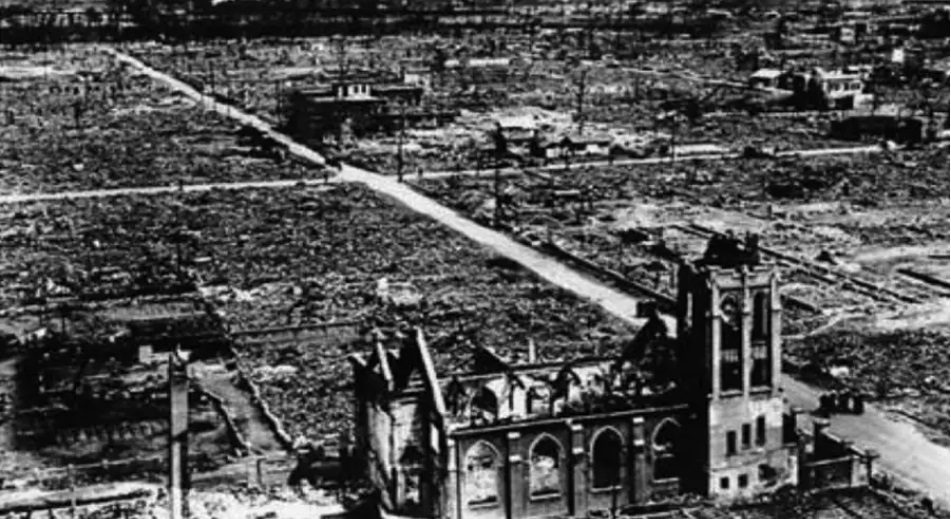 Hiroshima después de la bomba. (Foto: Dominio público) Hiroshima después de la bomba. (Foto: Dominio público)
Ante al 76 aniversario de los ataques atómicos a las ciudades japonesas de Hiroshima y Nagasaki, la Iglesia recuerda un episodio documentado por historiadores y médicos que es conocido como el Milagro de Hiroshima.
El 6 de agosto de 1945, fiesta de la Transfiguración, cuatro sacerdotes jesuitas alemanes sobrevivieron al impacto de la bomba nuclear “Little Boy” en Hiroshima durante la Segunda Guerra Mundial.
Los jesuitas Hugo Lassalle, superior en Japón, Hubert Schiffer, Wilhelm Kleinsorge y Hubert Cieslik, se encontraban en la casa parroquial de la iglesia de Nuestra Señora de la Asunción, uno de los pocos edificios que resistió a la bomba. En el momento de la explosión, uno de ellos se encontraba celebrando la Eucaristía, otro desayunaba y el resto en las dependencias de la parroquia.
Según escribió el propio P. Hubert Cieslik en su diario, únicamente sufrieron daños menores producto de cristales rotos, pero ninguno a consecuencia de la energía atómica liberada por la bomba.
Los médicos que los atendieron tiempo después les advirtieron que la radiación recibida les produciría lesiones graves, así como enfermedades e incluso una muerte prematura.
El pronóstico nunca se cumplió. No desarrollaron ningún trastorno y en 1976, 31 años después del lanzamiento de la bomba, el P. Schiffer acudió al Congreso Eucarístico de Filadelfia (Estados Unidos) y relató su historia, donde confirmó que los cuatro jesuitas estaban aún vivos y sin ninguna dolencia.
Fueron examinados por decenas de doctores unas 200 veces a lo largo de los años posteriores y no se halló en sus cuerpos rastro alguno de la radiación.
Los cuatro religiosos nunca dudaron de que habían gozado de la protección divina y de intercesión de la Virgen: “Vivíamos el mensaje de Fátima y rezábamos juntos el Rosario todos los días”, explicaron.
Además, el P. Schiffer escribió el libro “El Rosario de Hiroshima” donde narra todo lo que vivió.
Hace unos años, al celebrarse un aniversario más de la bomba de Hiroshima, el Obispo de Niigata, Mons. Tarcisius Isao Kikuchi, difundió un mensaje en el que subrayó que Japón puede contribuir a la paz “no con nuevas armas, sino con sus actividades de nobleza y amplia historia en el crecimiento mundial, de modo particular en las consideradas naciones en vía de desarrollo”.
El Prelado añadió que “con esta contribución al desarrollo, que lleva al pleno respeto y a la realización de la dignidad humana, sería muy apreciado y respetado por la comunidad internacional”. Cada año, del 5 al 15 de agosto, el país celebra una Oración por la Paz.
En Hiroshima y Nagasaki murieron unas 246 mil personas, la mitad en el momento del impacto de las bombas y el resto en las semanas posteriores por los efectos de la radiación.
La bomba de Hiroshima fue arrojada el dia de la Solemnidad de la Transfiguración del Señor y la rendición de Japón ocurrió el 15 de agosto, cuando la Iglesia celebra la Solemnidad de la Asunción de la Virgen María.
|
|
|
|
Rispondi |
Messaggio 42 di 50 di questo argomento |
|
|
Da: regum29 |
Inviato: 28/09/2024 16:49 |
https://mrbeast20242.blogspot.com/2024/09/blog-post_28.html?zx=167827c2b35bfbe1 |
|
|
|
Rispondi |
Messaggio 43 di 50 di questo argomento |
|
|
|
|
Rispondi |
Messaggio 44 di 50 di questo argomento |
|
|
|
|
Rispondi |
Messaggio 45 di 50 di questo argomento |
|
https://www.lanacion.com.ar/cultura/hitler-sepultado-en-paraguay-el-escritor-abel-basti-afirma-que-los-restos-del-genocida-nazi-estan-en-nid13082024/ |
|
|
|
Rispondi |
Messaggio 46 di 50 di questo argomento |
|
|
|
|
Rispondi |
Messaggio 47 di 50 di questo argomento |
|
|
|
|
Rispondi |
Messaggio 48 di 50 di questo argomento |
|
Thomas the Apostle
From Wikipedia, the free encyclopedia
This article is about the Christian saint. For the name "Thomas", see Thomas (name). For other uses, see Thomas.
Thomas the Apostle
|
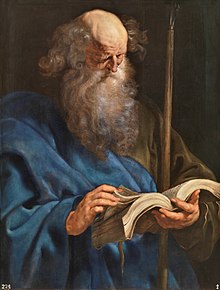
The Apostle Thomas, Rubens, c.1613
|
| Born |
1st century AD
Galilee, Judea, Roman Empire |
| Died |
AD 72
St. Thomas Mount, Early Chola dynasty (present-day Parangimalai, Tamil Nadu, India) |
| Venerated in |
All Christian denominations that venerate saints, especially Saint Thomas Christians |
| Canonized |
Pre-Congregation |
| Major shrine |
St. Thomas Cathedral Basilica in Mylapore, Chennai, India, St. Thomas Major Archi Episcopal Shrine, Palayoor Kerala, India,
Basilica of St. Thomas the Apostle in Ortona, Italy |
| Feast |
- 3 July: (Jacobite), Malankara Orthodox Church, Latin Church, Liberal Catholic Church, Anglican Communion, Malankara Mar Thoma Syrian Church, Syro-Malabar Catholic Church, Syro-Malankara Catholic Church, Believers Eastern Church, Syriac Catholic Church[2]
- 21 December: (Jacobite), Malankara Orthodox Church, some Anglican Communion, Hispanic church, Traditional Catholics, Lutherans
- 26 Pashons and Sunday after Easter (Thomas Sunday): Coptic Christianity Malankara Orthodox Church,[3]
- 6 October and Sunday after Easter Thomas Sunday: Eastern Orthodox
|
| Attributes |
The Twin, placing his finger in the side of Christ, nelumbo nucifera, spear (means of his Christian martyrdom), square (his profession, a builder) |
| Patronage |
Architects, for Christians in India (including Saint Thomas Christians and Archdiocese of Madras-Mylapore), Tamil Nadu, Sri Lanka, Pula (Croatia) and São Tomé and Príncipe |
Thomas the Apostle (Greek: Θωμᾶς, romanized: Thōms; Aramaic ܬܐܘܡܐ, romanized: Tʾōmā, meaning "the twin"),[a] also known as Didymus (Greek: Δίδυμος, romanized: Dídymos, meaning "twin"), was one of the Twelve Apostles of Jesus according to the New Testament. Thomas is commonly known as "Doubting Thomas" because he initially doubted the resurrection of Jesus Christ when he was told of it (as is related in the Gospel of John); he later confessed his faith ("My lord and my God") on seeing the places where the wounds appeared still fresh on the holy body of Jesus after the Crucifixion of Jesus. While it is often assumed he touched the wounds in art and poetry, the scriptures do not say that he touched the wounds, merely that Jesus invited him to do so, with it being unclear if he actually felt them.
 Thomas the Apostle, detail of the mosaic in the Basilica of San Vitale, Ravenna, 6th century
According to traditional accounts of the Saint Thomas Christians of modern-day state of Kerala in India, Saint Thomas travelled outside the Roman Empire to preach the Gospel, travelling as far as Kerala in South India, and reached Muziris (modern-day North Paravur and Kodungalloor in Kerala State) in AD 52.[8] In 1258, some of the relics were brought to Ortona, in Abruzzo, Italy, where they have been held in the Church of Saint Thomas the Apostle.[9] He is regarded as the patron saint of India among its Christian adherents,[10] and the Feast of Saint Thomas on July 3 is celebrated as Indian Christians' Day.[12][13] The name Thomas remains quite popular among the Saint Thomas Christians of the Indian subcontinent.
Many churches in the Middle East and southern Asia, besides India, also mention Apostle Thomas in their historical traditions as being the first evangelist to establish those churches, the Assyrian Church of the East,[14] the early church of Sri Lanka.[15]
Thomas first speaks in the Gospel of John. In John 11:16,[16] when Lazarus has recently died, and the apostles do not wish to go back to Judea, Thomas says: "Let us also go, that we may die with him."[b]
Thomas speaks again in John 14:5. There, Jesus had just explained that he was going away to prepare a heavenly home for his followers, and that one day they would join him there. Thomas reacted by saying, "Lord, we know not whither thou goest; and how can we know the way?"[18]
John 20:24–29[19] tells how doubting Thomas was skeptical at first when he heard that Jesus had risen from the dead and appeared to the other apostles, saying, "Except I shall see on his hands the print of the nails, and put my finger into the print of the nails, and thrust my hand into his side, I will not believe."[20] But when Jesus appeared later and invited Thomas to touch his wounds and behold him, Thomas showed his belief by saying, "My Lord and my God".[21] Jesus then said, "Thomas, because thou hast seen me, thou hast believed: blessed are they that have not seen, and yet have believed."[22]
Names and etymologies
[edit]
The name Thomas (Greek: Θωμᾶς) given for the apostle in the New Testament is derived from the Aramaic תְּאוֹמָא Tʾōmā[23] (Syriac ܬܐܘܿܡܵܐ/ܬ݁ܳܐܘܡܰܐ Tʾōmā/Tāʾwma), meaning "the twin" and cognate to Hebrew תְּאוֹם tʾóm. The equivalent term for twin in Greek, which is also used in the New Testament, is Δίδυμος Didymos.
Ancient oral tradition retained by the Guaraní tribes of Paraguay claims that the Apostle Thomas was in Paraguay and preached to them under the name of Pa'í Sumé or Avaré Sumé (while in Peru he was known as Tumé).[59]
in the estate of our college, called Paraguay, and twenty leagues distant from Asumpcion. This place stretches out on one side into a pleasant plain, affording pasture to a vast quantity of cattle; on the other, where it looks towards the south, it is surrounded by hills and rocks; in one of which a cross piled up of three large stones is visited, and held in great veneration by the natives for the sake of St. Thomas; for they believe, and firmly maintain, that the Apostle, seated on these stones as on a chair, formerly preached to the assembled Indians.
Almost 150 years prior to Dobrizhoffer's arrival in Paraguay, another Jesuit Missionary, F. J. Antonio Ruiz de Montoya recollected the same oral traditions from the Paraguayan tribes. He wrote:
...The paraguayan tribes they have this very curious tradition. They claim that a very holy man (Thomas the Apostle himself), whom they call "Paí Thome", lived amongst them and preached to them the Holy Truth, wandering and carrying a wooden cross on his back.
The sole recorded research done about the subject was during José Gaspar Rodríguez de Francia's reign after the Independence of Paraguay. This is mentioned by Franz Wisner von Morgenstern, an Austro-Hungarian engineer who served in the Paraguayan armies prior and during the Paraguayan War. According to Wisner, some Paraguayan miners while working nearby some hills at the Caaguazú Department found some stones with ancient letters carved in them. Dictator Francia sent his finest experts to inspect those stones, and they concluded that the letters carved in those stones were Hebrew-like symbols, but they couldn't translate them nor figure out the exact date when those letters were carved. No further recorded investigations exists, and according to Wisner, people believed that the letters were made by Thomas the Apostle, following the tradition.
|
|
|
|
Rispondi |
Messaggio 49 di 50 di questo argomento |
|
San Lorenzo (Paraguay)
San Lorenzo es una ciudad paraguaya ubicada en el Departamento Central. Es conocida como la «Ciudad Universitaria», porque dentro de los límites del municipio se halla la sede central y el campus de la Universidad Nacional de Asunción, razón por la que el tránsito vial es muy constante debido a la concurrencia de estudiantes de otras ciudades.
San Lorenzo tuvo su origen con el establecimiento de una estancia dedicada a la explotación de plantaciones, que abarcaba el amplio espacio denominado «Ñu Guazú» o Campo Grande, instalaciones erigidas en el siglo xvii por los jesuitas. En ese lugar se establecieron las viviendas de los trabajadores conformando un asentamiento disperso, que era conocido como «Villa».
Según Dionisio González Torres, en su libro Origen e historia de los pueblos del Paraguay, en épocas coloniales los jesuitas tenían una chacra en ese lugar. El sitio estaba conformado por los
«cerros Barcequillo, Potrero y Capiíbary, la Chacrilla de Campo Grande con animales y una capilla en Tapyhipery, hoy Capilla-kué (según consta en el inventario de bienes de la Orden)»
En el mismo lugar donde actualmente está erigido el oratorio de «Nuestra Señora de la Asunción» estaba ubicada la capilla o iglesia construida por los jesuitas. Con el tiempo, este edificio fue deteriorándose hasta derrumbarse, el lugar quedó con el denominativo de «Capilla cue» (expresión en guaraní que indica lugar donde hubo una capilla).
Luego de la expulsión de los jesuitas del país, ocurrido en marzo de 1767, el gobernador Capitán Agustín Fernando de Pinedo incautó esas tierras, creando allí un pueblo y fija como fecha de fundación del mismo el 10 de agosto de 1775.3 Por Orden Real del gobierno de la Provincia del Paraguay, se instaló en 1779 una fábrica de tabaco negro con la dirección de técnicos portugueses y operarios indios traídos de Yaguarón. La fábrica tuvo corta vida.
El asentamiento tuvo dos patronos: el 10 de agosto se celebra el día de San Lorenzo y el 15, el día de la Virgen de la Asunción. En atención a la medida administrativa asumida por el Capitán Agustín Fernando de Pinedo, el 10 de agosto de 1775, se fija como feriado distrital y del Santo Patrono, donde se celebran los festejos conmemorativos del aniversario de la ciudad.
La ciudad de San Lorenzo se encuentra en el Departamento Central, a 9 kilómetros de la capital de la República. Forma parte del conglomerado urbano llamado Área Metropolitana de Asunción o Gran Asunción. Limita con los siguientes municipios: al norte con Luque, al sur con Ñemby, al este con Capiatá y al oeste con Fernando de la Mora.
San Lorenzo tiene según la clasificación climatica de Köppen un clima subtropical húmedo (Cfa) con verano caluroso y casi bochornoso, otoño y primavera cálidos e invierno relativamente templado. La temperatura media anual es de 25-30 °C. El mes más frío es julio y el más caluroso es enero. Las lluvias son comunes en gran parte del año; solo junio y julio son semisecos mientras los demás meses son lluviosos.
|
|
|
|
Rispondi |
Messaggio 50 di 50 di questo argomento |
|
Paraguarí
Paraguarí es una ciudad de Paraguay, capital del departamento homónimo. Se ubica a 66 km de Asunción, conectada por la Ruta PY01.
 Gobernación de Paraguarí, donde se reconoce a la ciudad como "Cuna de la Independencia".
Paraguarí es llamada "Cuna de la Independencia Nacional", ya que en el combate de Cerro Mba'e, del 19 de enero de 1811, las tropas paraguayas al mando del gobernador español Bernardo de Velasco y los paraguayos Yegros y Cabañas derrotaron al ejército de la junta de Buenos Aires al mando del coronel (luego general) Manuel Belgrano. Esa acción fue uno de los factores que permitió al Paraguay separarse de la influencia de esa junta lo que más tarde desembocaría en la Independencia del Paraguay.
Fue fundada en 1775 sobre una colina, por Agustín Fernando de Pinedo, tiempo después de la expulsión de los jesuitas del Paraguay. El 18 de agosto de 1960 se constituye en Distrito.
 Catedral de Santo Tomás Apóstol (Paraguarí).
Fundada por Agustín Fernando de Pinedo por orden de Carlos III, Rey de España, luego de la expulsión de los jesuitas, se apoderó de sus bienes: las estancias de Paraguarí “Tavapy” y “Campo Grande”.
En Paraguarí se instalaron numerosos españoles, oriundos de Burgos y Andalucía, a quienes les gustaba la corrida de toros, por lo que la ciudad es conocida como “cuna de toreros”.
La Compañía de Jesús en el siglo xvii se estableció en Paraguarí en una gran estancia que se mantuvo hasta la expulsión por el Rey Carlos III.
La ciudad de Paraguarí está situada a 66 km de la ciudad de Asunción, bordeada hacia el norte por la serranía de la Cordillera de los Altos y hacia el sur por una extensa sabana. Está rodeada por los cerros Santo Tomás, Cerro Peró (Cerro Pelado), Cerro Hü (Cerro Negro) y el Cerro Mba'e (Porteño).
Limita al norte con Pirayú; al este con Escobar, al sur con Sapucaí, Acahay y Carapeguá; al oeste con Yaguarón.
La temperatura media es de 21 °C, la máxima en verano 43 °C y la mínima en invierno, 2 °C.
Paraguarí tiene un total de 20 678 habitantes según datos oficiales del censo paraguayo de 2022.
|
|
|
 Primo Primo
 Precedente
36 a 50 de 50
Successivo Precedente
36 a 50 de 50
Successivo
 Ultimo
Ultimo

|











